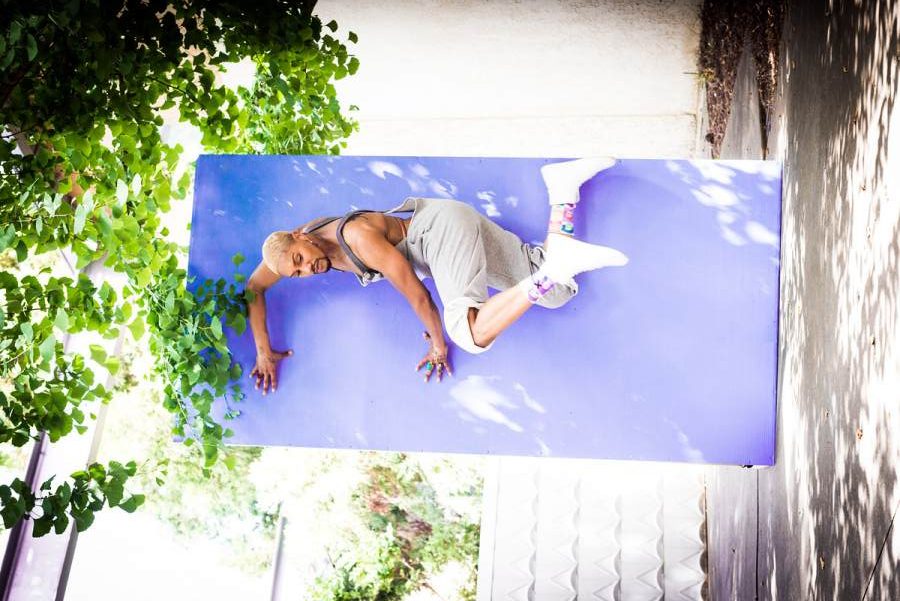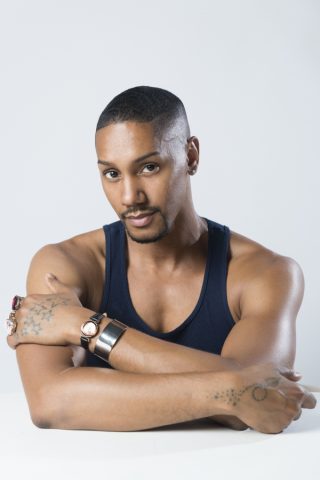

Dancer/choreographer, and Atlanta native, Juel D. Lane has made a name for himself through his sensuous, precise technique and the soulfulness of his choreography. This Easter Sunday, the whole world will get to bask in his light as he's featured in the company of Jesus Christ Superstar on NBC, starring John Legend, Sara Bareilles and Alice Cooper among others. We talked to him about his career and gearing up for the biggest performance of his life.
Your work seems to adapt itself well to different environments, why is it important for you to take dance out of a traditional stage?
It’s important to me to show dance in its authentic form. My work pulls from personal experiences and when I showcase these things, I want to make sure it’s genuine. Also, I travel a lot, so that gives me plenty of inspiration.
Many dancers fall in love with the art form when they discover choreography in the mundane, can you share experiences you've had like that?
I started out as a theater student in high school. So initially, my goal was just to get the steps right. I wanted so badly to express myself. My dance teacher one day assigned me the position of dance captain for a musical. It was then that I started to understand choreography more, and eventually I fell in love with it. It was the first time I was able to express myself without forming words. I love the idea of putting cool steps together in a creative way. I even choreographed a piece to broomsticks!
Growing up black and queer in the conservative South, how did you know you were even "allowed" to want to become a dancer?
I knew I was allowed to dance because I had black male ballet and drama teachers to show me the way and act as role models. The arts community nurtured my potential. Seeing other boys who were different also helped. I wasn’t super vocal about my sexuality but I knew it was a topic before I could even say it was. The freedom of moving my body made me feel like I could unapologetically accept my queerness.
 Anxiety caused involuntary ticks in you, dancing and choreography are the opposite of that, they are exerting complete command of the body. How did you discover there was healing in dance?
Anxiety caused involuntary ticks in you, dancing and choreography are the opposite of that, they are exerting complete command of the body. How did you discover there was healing in dance?
I learned there was a healing in dance when I got on stage. I didn't feel any ticks or anxiety; only comfort. I used to ask myself, “How can I feel comfortable everyday?” I felt like it was all mental. I had to treat every situation like a performance.
How would you describe your aesthetic as a choreographer?
My aesthetic as a choreographer is a reflection of me, Atlanta, and contemporary dance forms with my special twist. My choreography is made up of fast, syncopated steps that invite the audience to ask questions and make the soul feel.
There's something sensuous about your work that never fully dives into the erotic, why is highlighting sensuality rather than sexuality important to you?
The body is a special place and I like to showcase the sensual side to that. I like to see what triggers certain emotions and which bodily parts respond to those emotions.
What was the process of auditioning for Jesus Christ Superstar like?
I've danced with the choreographer for the production, Camille A. Brown, for years. She was already intimately familiar with my style and skill as a dancer, so it was thankfully a very smooth and quick process. Just rehearsing for the show has been an incredible experience, so I can only imagine the thrill of actually performing live on Easter Sunday!
Is there any difference between dancing for a live audience and dancing for a camera? How do you readjust your mind for that?
Dancing for a live audience is a rush! You have to be precise and matter-of-fact. Yes, your approach may change but the steps are still present. For the camera, you’re able to re-adjust what you want the audience to see. The camera picks up everything. You’re also able to edit and take longer times before releasing the finished product.